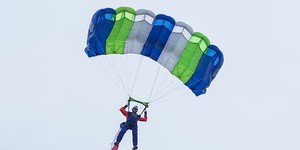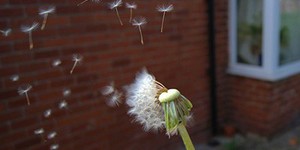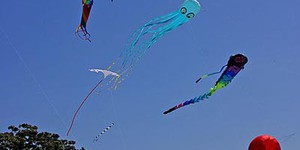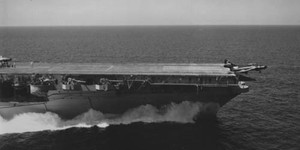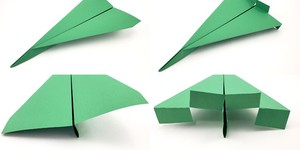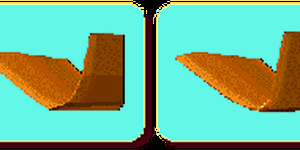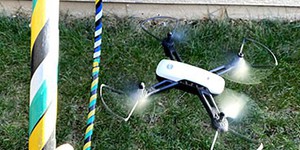Others Like “Make a "Whirlybird" from Paper” (top 20 results)
|
How does a parachute work? Do bigger parachutes work better than smaller parachutes? Find out in this science project if the size of the parachute matters.
Read more
Up, up, and away! If you have ever made a wish and blown the fluff of a dandelion, you have witnessed how some plants are adapted to spreading their seeds using the wind. The tiny, furry parachute allows the seeds to be picked up by the wind and to be carried far away from their parent plant. In this experiment, you will make models of seeds and fruit to investigate dispersal by wind and to evaluate
the relationship between the structure of the seed and its ability to be dispersed by the…
Read more
Have you ever looked up into the sky and seen not a bird, not a plane, but a hot-air balloon? They are definitely amazing and fun to watch! Do you think they are all the same size? Does size affect how long the hot-air balloon can fly? In this science fair project, you will launch hot-air balloons, powered by a toaster, and see how the size of the balloon affects its flight.
Read more
Kites have been a source of entertainment for centuries for kids from cultures around the world. In this science project you will have a chance to build your very own kite, a simple sled kite. Then you will use it to investigate how kites fly. Will you find out the best way to fly your kite?
Read more
Naval fighter pilots seem to defy physics each time they fly their jets off of an aircraft carrier. Normal runways are thousands of feet long so that airplanes can develop enough lift to fly. But a runway on an aircraft is much shorter. How can naval pilots get their fighter jets into the air without falling off the carrier into the ocean? Well, because they get a boost from a catapult! Sounds unbelievable? It's not, and you can find out more about catapult-assisted takeoff in this aerodynamics…
Read more
Just one sheet of paper can lead to a whole lot of fun. How? Paper planes! All you have to know is how to fold and you can have a simple plane in a matter of minutes! But what design should you use to build the best plane? In this aerodynamics science project, you will change the basic design of a paper plane and see how this affects its flight. Specifically, you will increase how much drag the plane experiences and see if this changes how far the paper plane flies. There is a lot of cool…
Read more
Helicopters are fascinating to watch. The spinning rotor blades on top of the helicopter generate lift, allowing it to take off vertically. They can land vertically, too, allowing them to set down in small spaces, such as hospital helipads or on a ship at sea. In this aerodynamics science fair project, you will fly a remote-controlled helicopter and measure how the rate of the rotor's rotation changes as the helicopter hovers and flies up or down.
Read more
Winglets are the short vertical "fins" at the wingtips of some airplanes. Have you ever wondered why they are there? If you have access to a wind tunnel, you can build model airfoils with and without winglets and see for yourself. If you're really ambitious, you can also build your own wind tunnel.
Read more
Have you ever flown a drone? Did you find it easy the first time you tried? In this project, you will fly a drone through an obstacle course and measure how practice changes your performance. Will practice help you finish the course in less time? Try it out!
Read more
You can make a very simple hovercraft with a stiff, disposable plate-a pie plate should work well-and a balloon. Glue a square of cardboard in the center of the bottom of the plate. Make a small hole through the center of both of these layers. Enlarge the hole slightly with a pencil. Push a balloon through the hole so that the opening is on the front side of the plate, and rest of the balloon sticks out from the back. Blow up the balloon, then set the plate down (balloon side up). What…
Read more
|
Explore Our Science Videos
Squishy Circuits Classroom Activity Part 1
How to Make a Bristlebot
Reaction Rates: When Surface Area Matters! Lesson Plan Introduction


